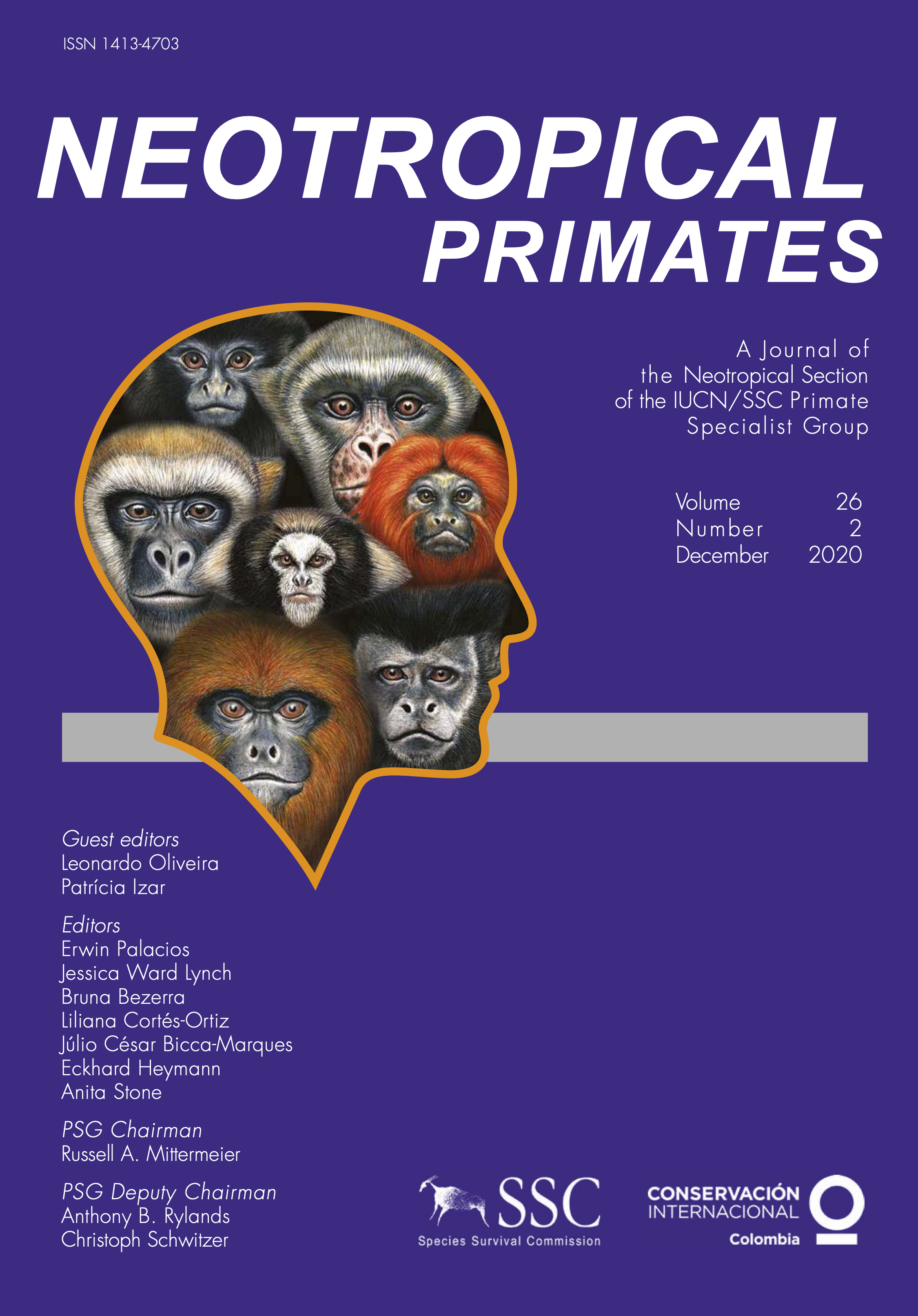Primates in SISS-Geo: potential contributions of mobile technology, health surveillance and citizen science to support species conservation in brazil
DOI:
https://doi.org/10.62015/np.2020.v26.42Keywords:
Non-human primates, digital technology, epizootics, zoonoses, emerging infectious diseases, yellow feverAbstract
The Information System on Wildlife Health (SISS-Geo) is based on citizen science and the use of mobile technologies, producing data and georeferenced alerts in real time for society, public health professionals, and conservation managers. From 2014 to 2020, the system recorded 4,909 non-human primates (NHP) in 23 states of Brazil. Joint action by the General Coordination for Surveillance of Arboviruses in the Ministry of Health (CGARB/DEIDT/SVS/MS), the SISS-Geo Platform, and state health departments in southern Brazil led to an increase of 1,141 % in the number of animals recorded since July 2016 with the spread of sylvatic yellow fever (YF). These sources reported the occurrence of 30 species, 14 of which are threatened with extinction, and 2,358 dead NHP, 75 % of which were Alouatta guariba clamitans. Despite the observed mortality, the limitations in records in areas distant from human presence and without collection of biological samples to confirm the cause of death prevent measurement of the real impact of YF on primates, which are vulnerable to a wide range of socio-environmental and climatic factors. The use of SISS-Geo by health professionals allowed more agile surveillance of epizootics and favored the application of various forecasting models for priority areas for NHP surveillance and human vaccination. Additionally, it provides information for various actions listed in the national plans for primate conservation, even though effective interventions against emerging infectious diseases are still not available for protecting NHP.

Downloads
Published
Issue
Section
License
Copyright (c) 2023 Marcia Chame, Livia Abdalla, Adriano Pinter, Alessandro Pecego Martins Romano, Eduardo Krempser, Daniel Garkauskas Ramos, Pedro Henrique de Oliveira Passos, Paula Cristina Linder Silva, Gabriela Mayoral Pedroso da Silva, Renata Ríspoli Gatti, Douglas Adriano Augusto, Luciana Sianto

This work is licensed under a Creative Commons Attribution-NonCommercial-ShareAlike 4.0 International License.


